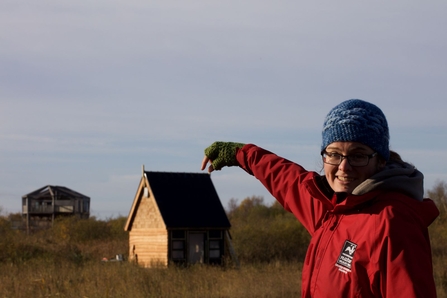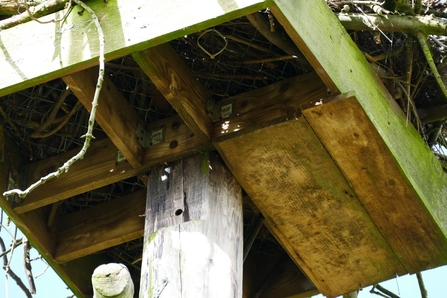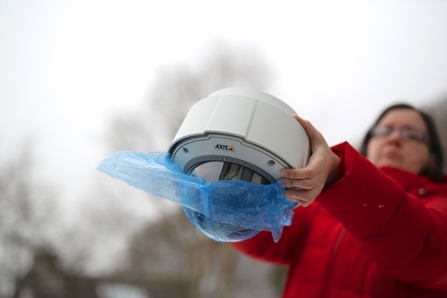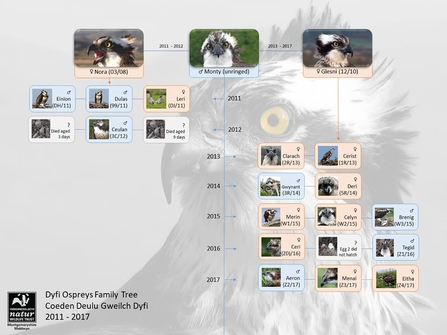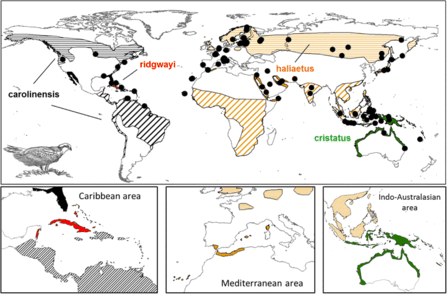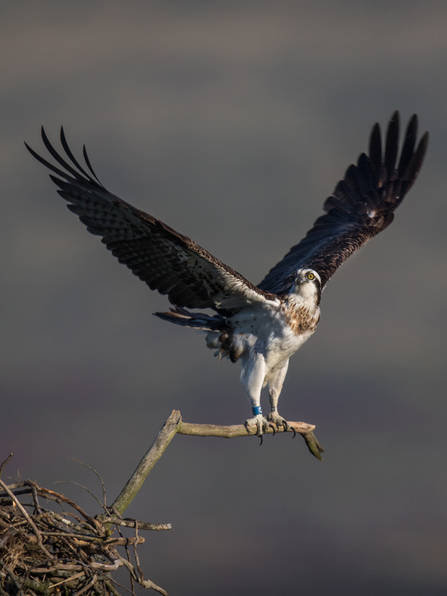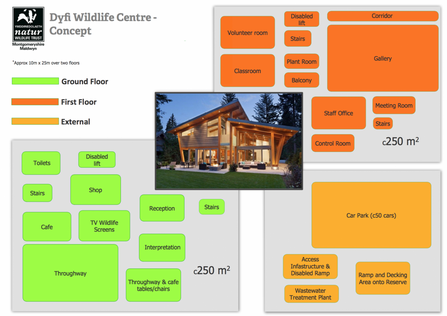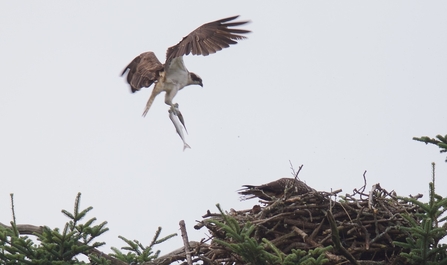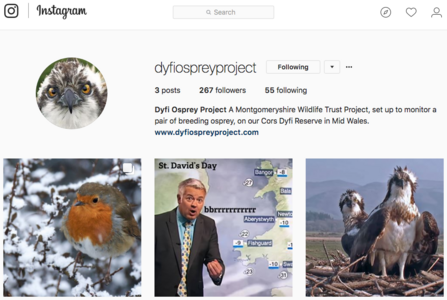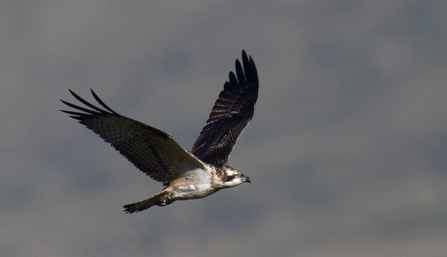Monty and Glesni are due back four weeks today!
Another osprey season is almost upon us so as usual in early March, here are the 10 things you need to know about DOP 2018.
1. Opening Times
We’ll open our DOP doors at Cors Dyfi Reserve at 10am on Monday, 26th March, that's three weeks Monday.
We will remain open every single day, including weekends and all Bank Holidays until the first week of September, 10am – 5:30pm every day. Alwyn and Karis will be back in a few weeks to join Janine, Kim and myself, as well as around 100 volunteers of course.

